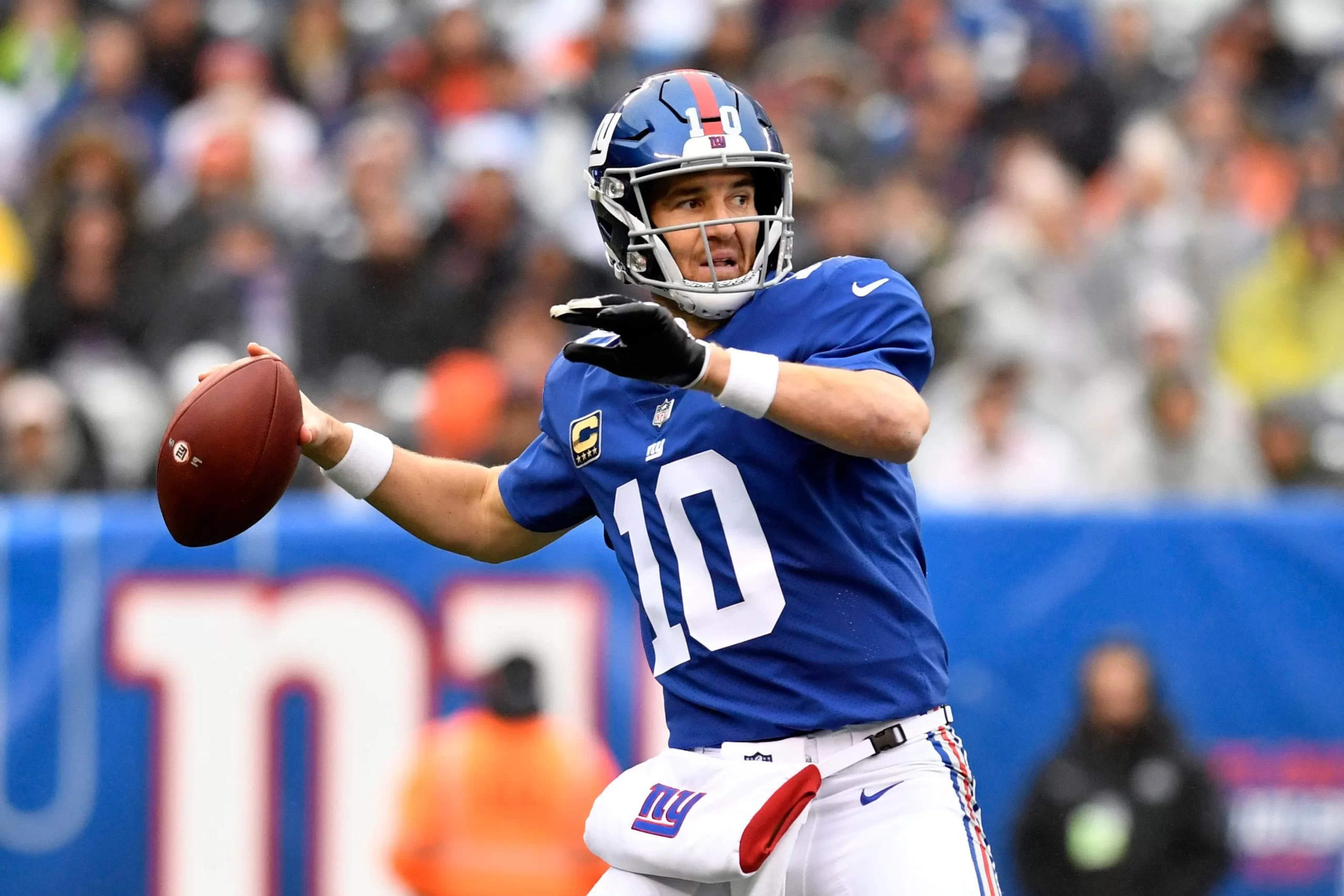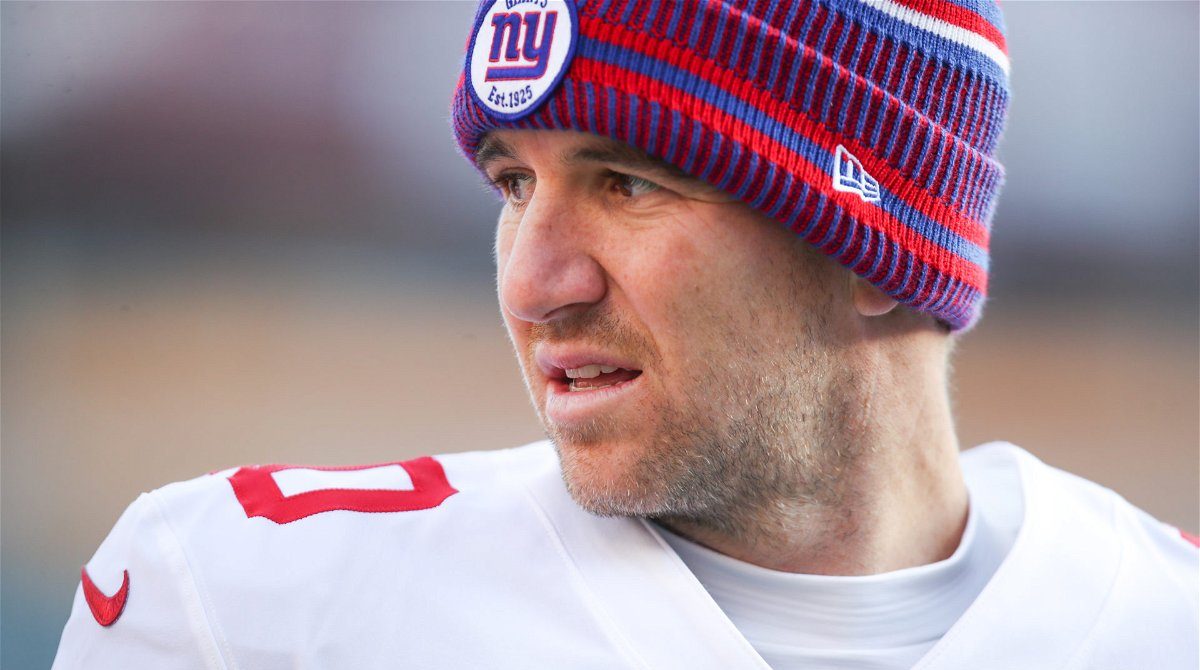The 2004 NFL Draft stands as a landmark moment in football history, not solely for the infusion of exceptional talent into the league but also for a pivotal decision by Ole Miss quarterback Eli Manning. Manning’s bold stance in the draft coined the phrase “pulling an Eli” and initiated a chain of events that would dramatically alter the trajectories of multiple organizations.
When Manning steadfastly refused to play for the San Diego Chargers, who had selected him with the first overall pick, it sent shockwaves through the football world. The unexpected move left fans and analysts speculating about the repercussions. What unfolded was a demonstration of the power of conviction and the impact a single draft pick could have on the course of multiple careers and franchises.
As Commissioner Paul Tagliabue announced the Chargers’ selection of Manning, the quarterback’s discontent was palpable. Archie Manning, Eli’s father and former NFL quarterback, revealed, “He was not happy to be a Charger. It was a hard decision, but we felt it was the right one.”

The Mannings had made it clear to the Chargers that Eli would not play for them, setting the stage for a groundbreaking deal that would alter the trajectories of both teams involved. Manning’s refusal to comply with the traditional draft process not only shaped his own career but also challenged the notion that athletes must passively accept their fate.
The concept of “pulling an Eli” has resurfaced as the 2024 NFL Draft approaches, with discussions centering on whether top prospects will follow Manning’s example. Recent advice from Robert Griffin III to Caleb Williams, suggesting he consider a similar move, has reignited debates surrounding player autonomy and the power dynamics between prospects and franchises.
Manning’s decision in 2004 highlighted the importance of prioritizing one’s own interests and asserting control over one’s career path. Though rare, the significance of “pulling an Eli” endures nearly two decades later, serving as a cautionary tale for teams and players alike. It underscores the ongoing tension between player autonomy and the league’s expectations as the NFL continues to evolve.
